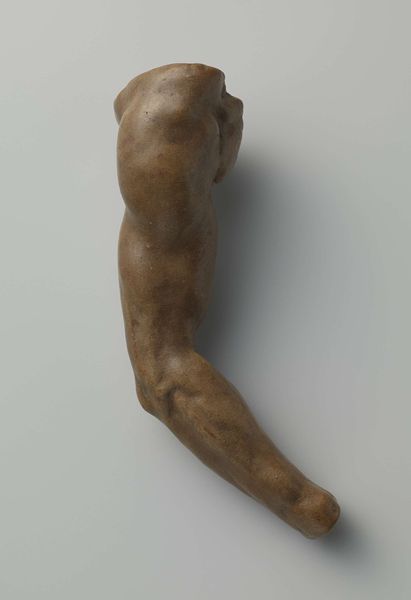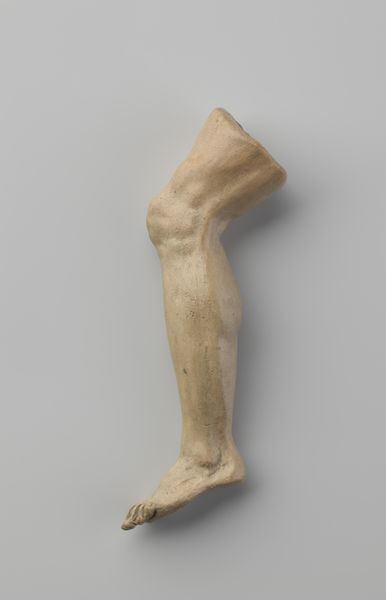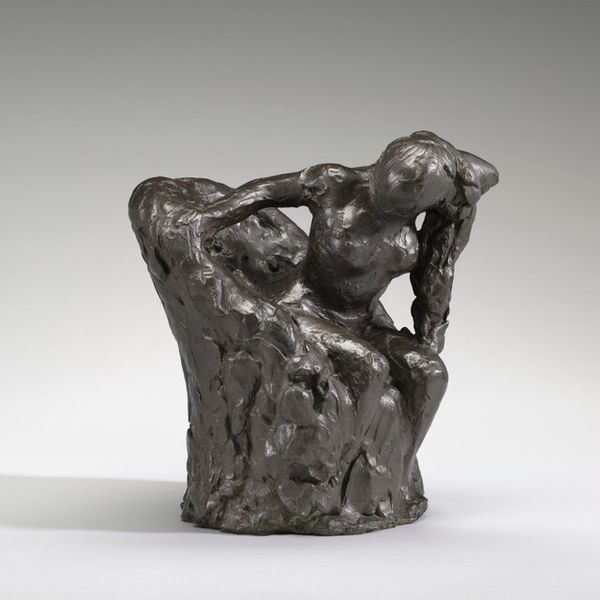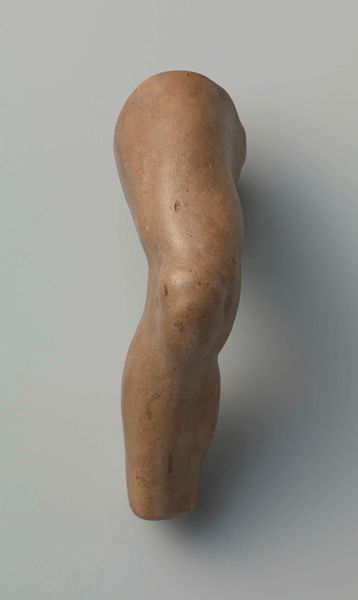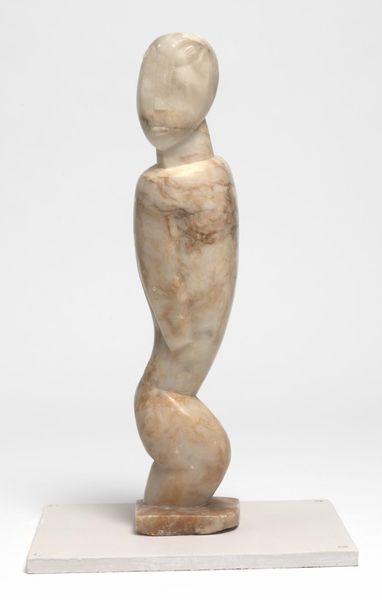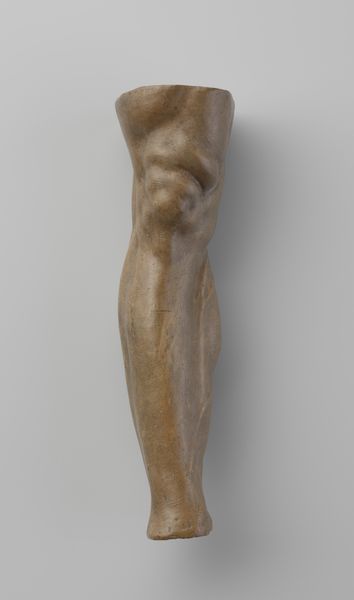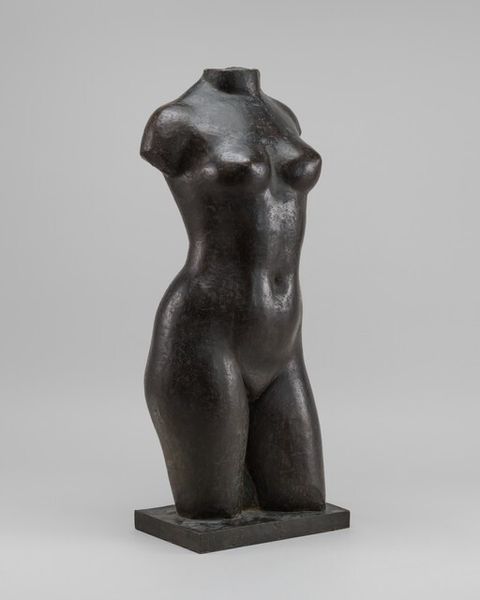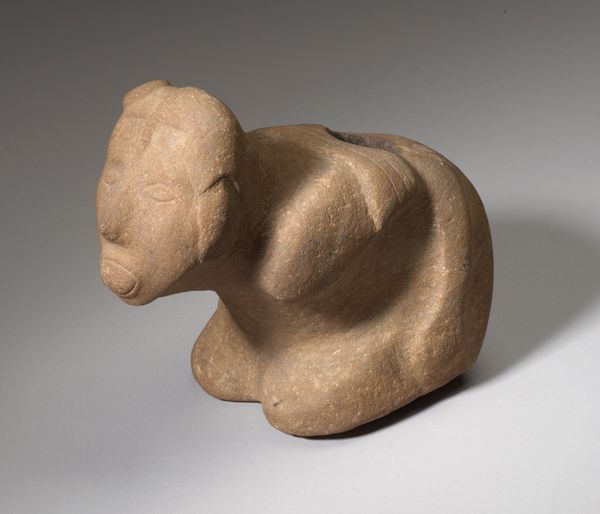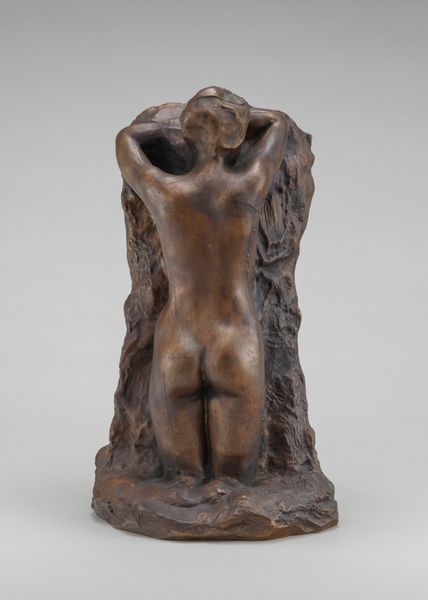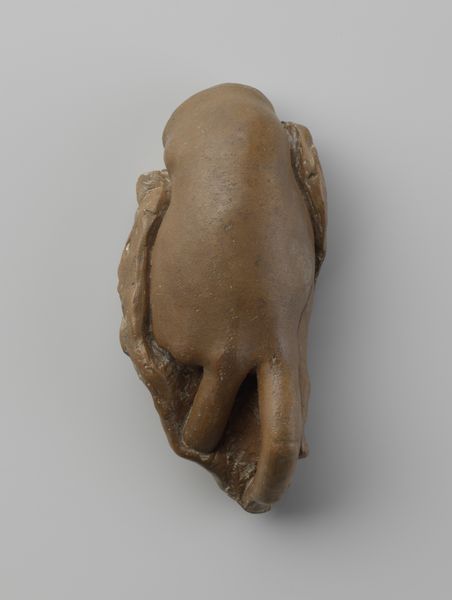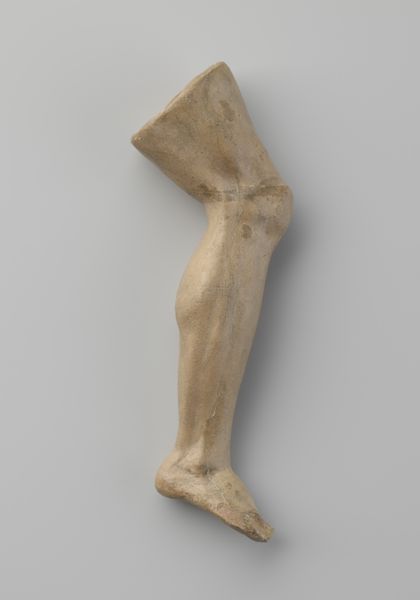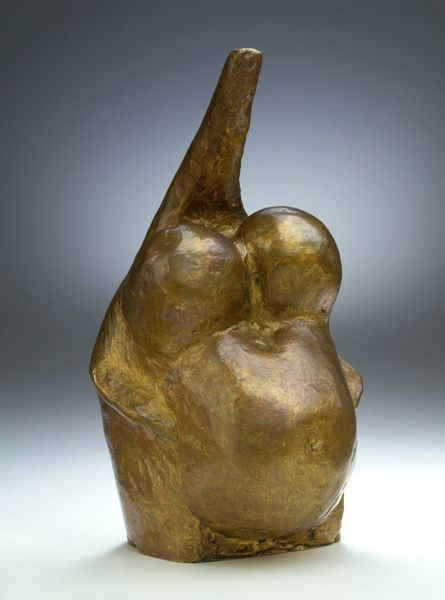
bronze, sculpture
#
portrait
#
sculpture
#
bronze
#
mannerism
#
figuration
#
sculpture
Copyright: Rijks Museum: Open Domain
This is a bronze study model of a muscular arm, made by Johan Gregor van der Schardt in the late 16th century. Bronze casting is an indirect process. The artist likely made the initial form in wax, and then covered it in a heat-resistant material like plaster. After melting out the wax, he would have poured molten bronze into the resulting cavity. The mold would then be broken away, and the bronze refined through chasing and polishing. The inherent qualities of bronze – its weight and strength – suggest permanence, ideal for a lasting impression of power and virility. But this arm is also a fragment, cut off above the bicep. Perhaps the artist made it as a practice piece, in preparation for a larger sculpture. Or it may have been intended as a teaching aid; it’s worth remembering that anatomy was becoming an increasingly sophisticated field of study at this time. Whatever its original purpose, the arm stands as a testament to the sculptor’s skill, and to the power of bronze as a medium.
Comments
rijksmuseum about 2 years ago
⋮
This group of small models of parts of the body are carefully copied after famous sculptures, in particular by Michelangelo, in Florence and Rome. They came from the workshop of the Nijmegen sculptor Johan Gregor van der Schardt, who had a successful career in Italy, Nuremberg, and Copenhagen. They are extremely rare examples of the, in part autograph, study material of a 16th-century sculptor.
Join the conversation
Join millions of artists and users on Artera today and experience the ultimate creative platform.
